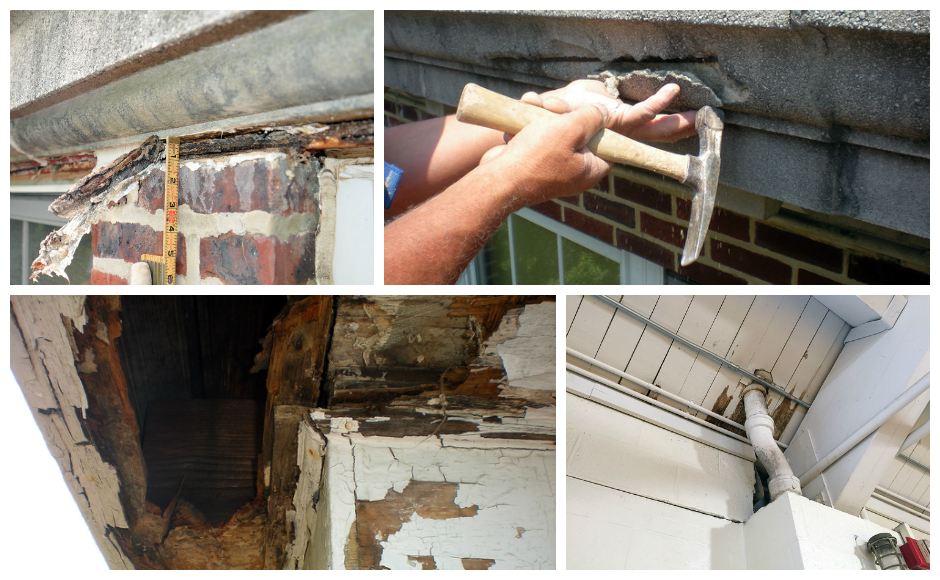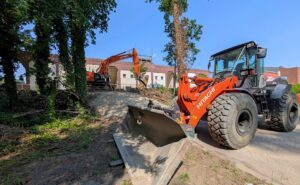 Facilities issues at Haddonfield schools.
Facilities issues at Haddonfield schools.  Facilities issues at Haddonfield schools.
Facilities issues at Haddonfield schools. Related posts

UPDATE: Sinkhole Repairs at Haddonfield Memorial High School Won’t Affect Commencement Ceremony
Repairing a sinkhole at the edge of the HMHS football stadium means “the kids will have to walk in a different way,” Haddonfield Superintendent of Schools Chuck Klaus says. Sign in or subscribe to continue reading…
June 5, 2025
